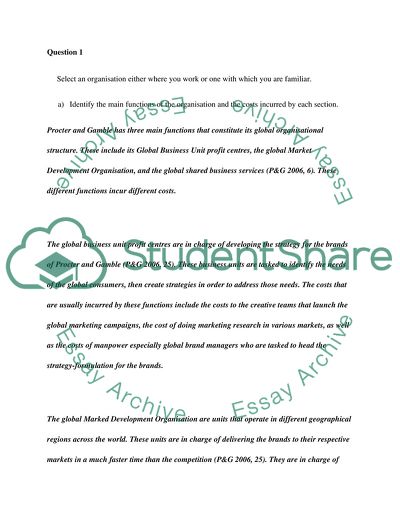Cite this document
(The Knowledge of Management Accounting and Financial Control Assignment, n.d.)
The Knowledge of Management Accounting and Financial Control Assignment. Retrieved from https://studentshare.org/finance-accounting/1723345-financial-planning-and-control
The Knowledge of Management Accounting and Financial Control Assignment. Retrieved from https://studentshare.org/finance-accounting/1723345-financial-planning-and-control
(The Knowledge of Management Accounting and Financial Control Assignment)
The Knowledge of Management Accounting and Financial Control Assignment. https://studentshare.org/finance-accounting/1723345-financial-planning-and-control.
The Knowledge of Management Accounting and Financial Control Assignment. https://studentshare.org/finance-accounting/1723345-financial-planning-and-control.
“The Knowledge of Management Accounting and Financial Control Assignment”. https://studentshare.org/finance-accounting/1723345-financial-planning-and-control.


